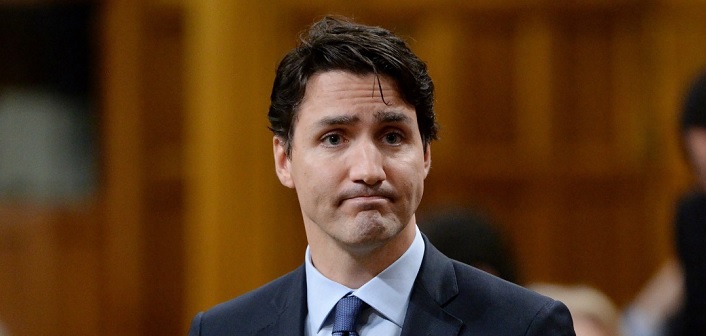Canada’s snap election results are out. And the verdict shows that status quo ante has been retained on paper. But a deeper analysis reveals that Trudeau is the biggest loser in the entire game.
An overzealous Justin Trudeau, enamoured by himself and his handling of the Covid-19 pandemic in Canada, called for the conduct of snap elections on September 20, two years ahead of the slated general elections scheduled for October 2023. The Canadian Prime Minister was of the belief that he would be able to expand his foothold over Canada, however, he has only ended up shrinking it.
Status quo ante at the House of Commons
Not much has changed at Canada’s House of Commons. Trudeau’s Liberal Party has managed to secure 158 seats- merely one more seat than what it won in 2019. More importantly, Trudeau has again failed to breach the majority mark of 170, which means that he will lead a minority government all over again.
On the other hand, the Conservatives remain the main opposition party in the House of Commons. They have won a total of 119 seats, as against the 121 that they won in 2019. The Bloc Québécois, which backs Quebec independence, won a total of 34 seats, as against 32 in 2019 and Jagmeet Singh’s New Democrats won 25 seats which is a small gain of one seat from the 2019 elections.
Trudeau’s shrinking vote share
The first-past-the-post principle of voting can be deceptive at times. You tend to look at the winner and think he is the most popular leader in the country. However, that is not always the case. Trudeau’s vote share, for example, has been declining continuously. In 2015, Trudeau’s Liberal Party had won 184 seats with a vote share of 39.47%, as against the Conservatives who had won merely 99 seats with a vote share of 31.89%.
However, the Liberal Party registered a massive dip in its vote share in the 2019 elections at 33.12%. In fact, the Conservatives had managed to beat the Liberal Party in terms of vote share in 2019 itself by securing 34.34% of the total votes polled. Trudeau’s vote share has further shrunk this time to around 32.2% of the total votes polled. Conservatives, on the other hand, have managed to retain 34% of the votes polled.
Trudeau may have won the polls on paper, but statistically, the Liberal Party is less popular than the Conservatives, a fact that has got further reaffirmed with the recent snap poll results. In fact, Trudeau has won only because of a strong showing in Toronto, Montreal and other cities.
Why Trudeau will never be able to become a full-majority PM
The snap results have made one thing clear- Justin Trudeau will never be able to become a full-majority Prime Minister. And this is essentially related to Canada’s changing demographics and electoral dynamics. Initially, the Liberal Party was winning the immigrant and pro-immigrant vote, which had given a clear edge to the Liberals over Conservatives a decade ago.
However, edge that the Liberals used to enjoy is phasing out. Today, the immigrants who have become Canada’s “new citizens” have Jagmeet Singh-led New Democratic Party to vote for. This is why NDP’s vote share and seats are rising quickly.
This time, the NDP won 25 seats with a vote share of 17.7 per cent. Ultimately, it is expected to win more than 40 seats with a vote share of over 20 per cent. At the end of the day, whatever NDP wins will come at the expense of the Liberal Party because of the common immigrant vote bank.
The snap polls in Canada have given one major takeaway- Trudeau’s foothold in Canada is receding as the NDP eats into the Liberal Party’s vote bank, whereas the Conservatives hold on to their traditional voters. Trudeau wanted to expand his foothold in Canada, but he has clearly ended up shrinking it.








